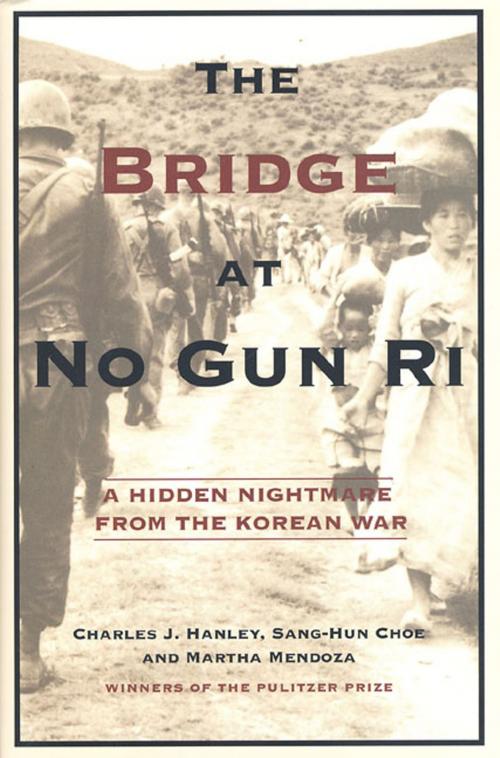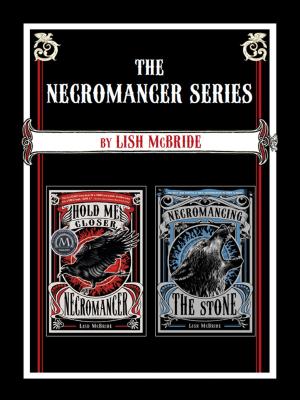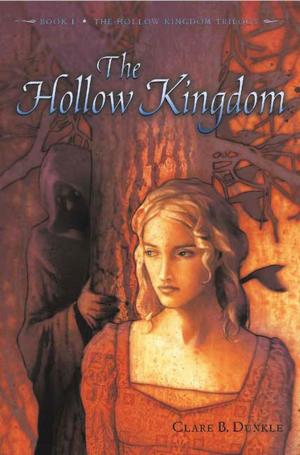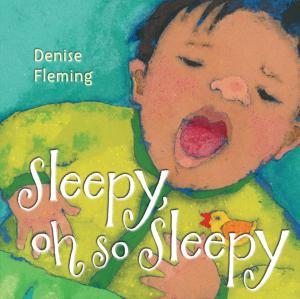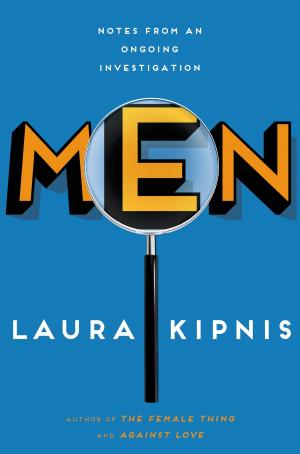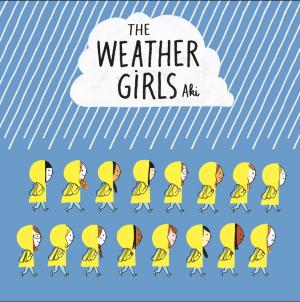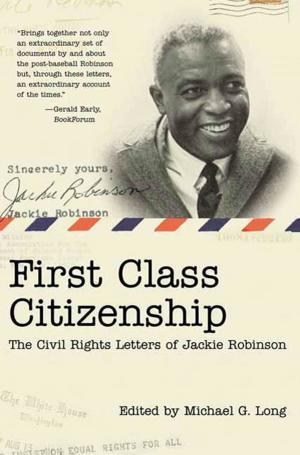The Bridge at No Gun Ri
A Hidden Nightmare from the Korean War
Nonfiction, History, Asian, Korean War, Military| Author: | Charles J. Hanley, Martha Mendoza, Sang-hun Choe | ISBN: | 9781466891104 |
| Publisher: | Henry Holt and Co. | Publication: | February 10, 2015 |
| Imprint: | Henry Holt and Co. | Language: | English |
| Author: | Charles J. Hanley, Martha Mendoza, Sang-hun Choe |
| ISBN: | 9781466891104 |
| Publisher: | Henry Holt and Co. |
| Publication: | February 10, 2015 |
| Imprint: | Henry Holt and Co. |
| Language: | English |
The untold human story of a massacre of Korean civilians by American soldiers in the early days of the Korean War, by the Pulitzer Prize-winning journalists who uncovered it
In the fall of 1999, a team of Associated Press investigative reporters broke the news that U.S. troops had massacred a large group of South Korean civilians early in the Korean War. On the eve of that pivotal war's 50th anniversary, their reports brought to light a story that had been supressed for decades, confirming allegations the U.S. military had sought to dismiss. It made headlines around the world.
In The Bridge at No Gun Ri, the team tells the larger, human story behind the incident through the eyes of the people who survived it: on the American side, the green recruits of the "good time" U.S. occupation army in Japan made up of teenagers who viewed unarmed farmers as enemies and generals who had never led men into battle; on the Korean side, the peasant families forced to flee their ancestral village caught between the invading North Koreans and the U.S. Army. The narrative looks at victims both Korean and American; at the ordinary lives and high-level decisions that led to the fatal encounter; at the terror of the three-day slaughter; at the memories and ghosts that forever haunted the survivors. The story of No Gun Ri also illuminates the larger story of the Korean War-also known as the Forgotten War-and how an arbitrary decision to divide the country in 1945 led to the first armed conflict of the Cold War.
The untold human story of a massacre of Korean civilians by American soldiers in the early days of the Korean War, by the Pulitzer Prize-winning journalists who uncovered it
In the fall of 1999, a team of Associated Press investigative reporters broke the news that U.S. troops had massacred a large group of South Korean civilians early in the Korean War. On the eve of that pivotal war's 50th anniversary, their reports brought to light a story that had been supressed for decades, confirming allegations the U.S. military had sought to dismiss. It made headlines around the world.
In The Bridge at No Gun Ri, the team tells the larger, human story behind the incident through the eyes of the people who survived it: on the American side, the green recruits of the "good time" U.S. occupation army in Japan made up of teenagers who viewed unarmed farmers as enemies and generals who had never led men into battle; on the Korean side, the peasant families forced to flee their ancestral village caught between the invading North Koreans and the U.S. Army. The narrative looks at victims both Korean and American; at the ordinary lives and high-level decisions that led to the fatal encounter; at the terror of the three-day slaughter; at the memories and ghosts that forever haunted the survivors. The story of No Gun Ri also illuminates the larger story of the Korean War-also known as the Forgotten War-and how an arbitrary decision to divide the country in 1945 led to the first armed conflict of the Cold War.
